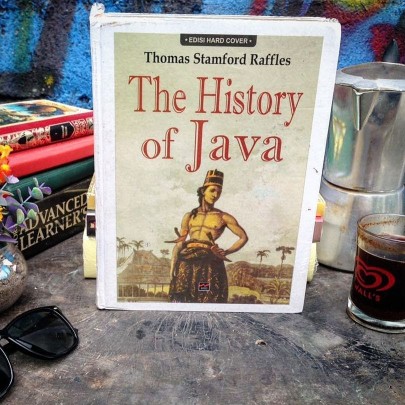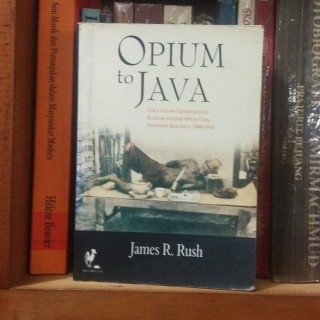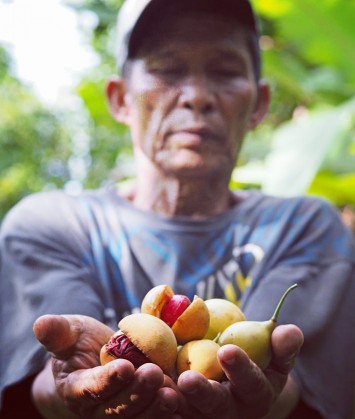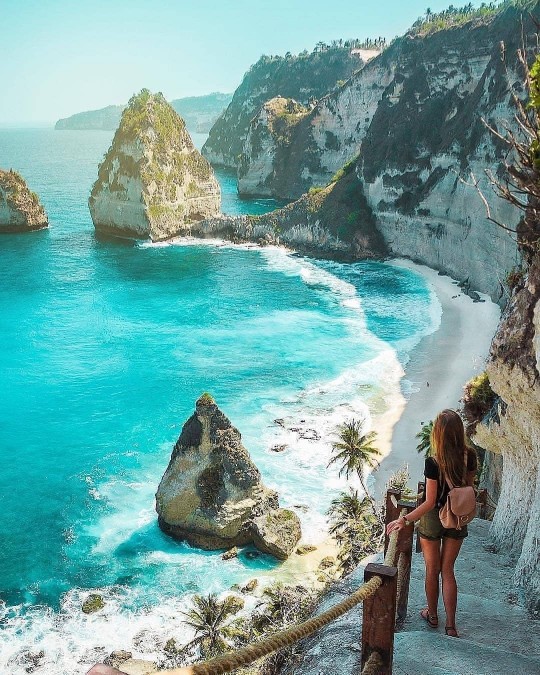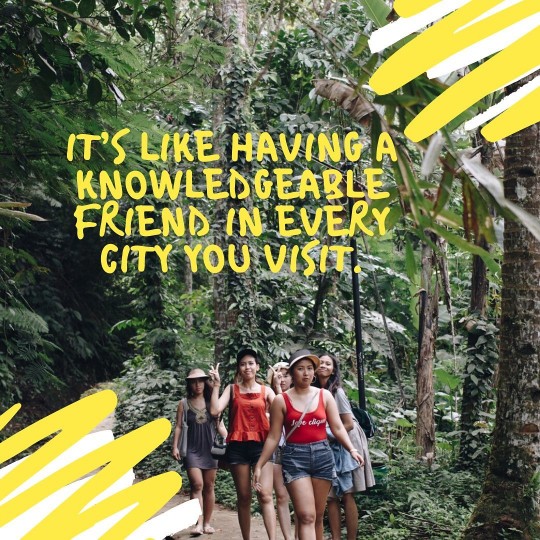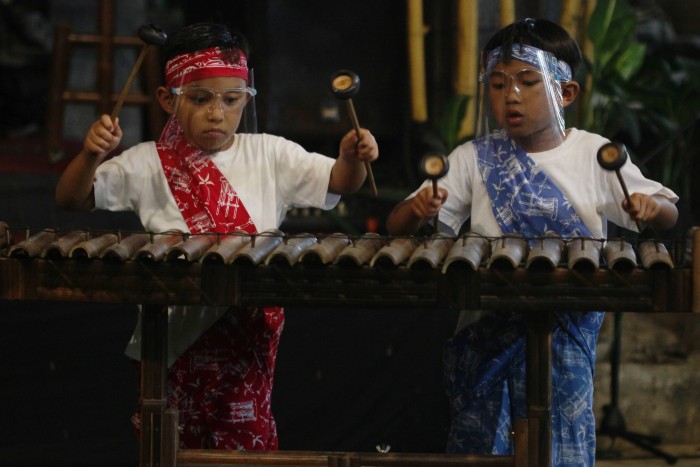Exploring the Rich Tapestry of Banyumas Culture and Its Influence Across Banjarnegara, Banyumas, Purbalingga, Cilacap, Kebumen, Brebes, and Tegal
javaprivatetour.com – Indonesia, a land of boundless beauty and cultural diversity, stands as the world’s second most linguistically diverse country, boasting a remarkable 720 languages. Within this captivating linguistic tapestry, the island of Java reigns as a cultural treasure trove. Home to a vast expanse of fertile land, Java thrives with abundant agricultural produce and a diverse array of regional languages, each rooted in the island’s various ethnic communities.
Java’s linguistic landscape comprises seven major languages, with Javanese being the most prominent, especially in Central Java, Yogyakarta, and East Java. Yet, as we delve deeper into the heart of Java, a linguistic gem known as “Ngapak” or the Banyumasan dialect emerges, characterized by a distinct and unique charm.
A Journey into Ngapak: Beyond Stereotypes

“Cantik-cantik tapi kok ngapak.” Such stereotypes have long shrouded the Ngapak dialect, suggesting that, no matter how beautiful one may be, speaking Ngapak somehow diminishes their elegance, leading to humor and rural associations. This perception is not new. The Banyumas dialect, often referred to as Ngapak, has carried the weight of being considered a lesser language for years, resulting in it being humorously portrayed, particularly in the role of domestic workers in comedic skits.
I, too, have experienced the discomfort of being ridiculed when my Ngapak accent surfaced, and I attempted to suppress it to avoid becoming the subject of mockery. Many Ngapak speakers have encountered this challenge, eroding their confidence in using their own language.
However, a strong movement to instill pride in the Ngapak language has been gaining momentum. The saying “ora ngapak, ora kepenak” – which means “not enjoyable without speaking Ngapak” – has become a popular motto among the people of Banyumas, encouraging them, especially the younger generation, to embrace their unique dialect. The message is clear: Ngapak speakers need not hide their true identity, including their distinct Ngapak accent.
Preservation Efforts and a Resurgence of Ngapak
The people of Banyumas and surrounding regions are making concerted efforts to love and preserve their language. From grassroots initiatives to government support, there’s a renewed commitment to preserving the Ngapak dialect.
Since 2014, the Banyumas government has mandated the use of the Banyumasan language every Thursday for all civil servants in the region. The commitment to preserving Ngapak was further solidified in 2016 with the Ngapak language congress (panginyongan), which resulted in strategies for language preservation, including its incorporation into the local education system and the creation of a Ngapak language dictionary.
In the world of entertainment, a popular YouTube channel titled “polapike,” featuring three young children speaking in Ngapak, not only entertained but also helped increase the popularity of the Ngapak dialect. The channel’s success has transformed Ngapak from a ridiculed language into one that is beloved and embraced by the millennial generation. Its popularity led to a national TV station contracting the creators for the program “Bocak Ngapa(k) ya,” further revitalizing efforts to preserve the Ngapak dialect.

Ngapak: A Language with Deep Roots
Ngapak is more than just a dialect; it’s a connection to the past. According to Ahmad Tohari, a renowned Indonesian author and Banyumas cultural advocate, Ngapak is a continuation of the ancient Kawi or Old Javanese language. Linguistic research and the morphological similarities between Ngapak and Old Javanese support this claim.
Morphologically, Ngapak makes perfect sense. Words in the Banyumasan dialect often end with “a,” which is more akin to Old Javanese, differing from the “o” endings found in Eastern Javanese languages. Historically, Ngapak is older than the Javanese language of the east, which emerged in the late 16th century. This linguistic divergence was a result of Mataram’s language policy, which aimed to emphasize social distinctions between elites and commoners, giving rise to the new norms of high (kromo) and low (ngoko) Javanese languages.

Cablaka: The Egalitarian Expression
Geographically distant from the central Mataram culture, Banyumas was less influenced by Mataram’s cultural norms. Banyumas, often perceived as a “peripheral” region, didn’t succumb to the political and cultural ideologies of the Mataram kingdom. The saying “adoh ratu, cedak watu” – meaning “far from the palace but close to the common people” – reflects the socio-cultural dynamics in Banyumas.
The absence of a strong Mataram cultural influence allowed Banyumas to develop a strong sense of egalitarianism. As a result, the Ngapak dialect is inherently egalitarian, free from the rigid social hierarchies that govern other Javanese dialects. This egalitarianism makes the people of Banyumas direct and straightforward in their communication – a trait often misunderstood by those from more traditional Javanese regions.

Embracing Diversity and Cultural Preservation
The preservation of the Ngapak language is essential to its speakers, for language is more than just a means of communication. It carries complex layers of memory, philosophy, and the worldview of its speakers. Without language, there is no identity; without identity, there is no culture. The diversity of our nation is built upon the rich tapestry of its cultures, and no culture should ever be compared, let alone ridiculed. Indonesia’s existence is rooted in the diversity of its cultures, and each one plays a vital role in shaping our shared identity.
Now, if you’re eager to experience the unique charm of the Ngapak dialect firsthand, Java Private Tour is your perfect companion. Our guides are not only fluent in English but are also well-versed in the nuances of local languages, including Ngapak. With Java Private Tour, you’ll have the opportunity to immerse yourself in the heart of Banyumas culture, understanding the significance of Ngapak in all its glory.
Java Private Tour offers the flexibility to tailor your experience according to your preferences. We don’t follow rigid schedules but adapt to your desires, ensuring a truly unforgettable and personalized journey. Join us in exploring the captivating world of Ngapak and embark on a cultural adventure that will leave you with a profound appreciation for the richness of Indonesian diversity. Your journey starts here with Java Private Tour, where culture and language come to life. BOOK HERE.
You May Also Like
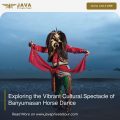 Exploring the Vibrant Cultural Spectacle of Banyumasan Horse Dance
Exploring the Vibrant Cultural Spectacle of Banyumasan Horse Dance
 Echoes of the Past: Exploring Bandung’s Dutch Cave Secrets
Echoes of the Past: Exploring Bandung’s Dutch Cave Secrets
 Discover Java’s Architectural Treasures: The Enigmatic “Chicken Church”
Discover Java’s Architectural Treasures: The Enigmatic “Chicken Church”
 Discovering the Enchanting Tapestry of Java: Unraveling Its Fascinating History
Discovering the Enchanting Tapestry of Java: Unraveling Its Fascinating History
 Untouched by Time: Unraveling the Baduy Tribe’s Hidden Legacy in Indonesia!
Untouched by Time: Unraveling the Baduy Tribe’s Hidden Legacy in Indonesia!



